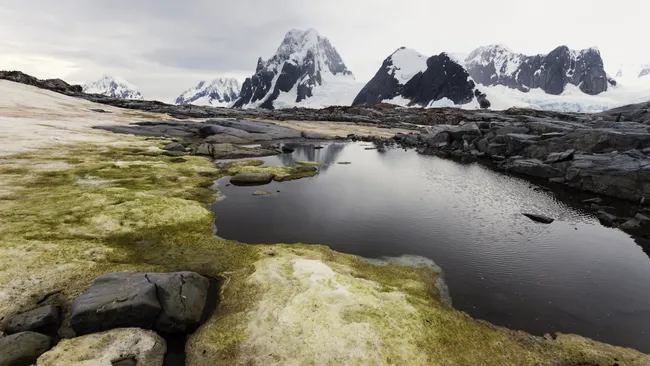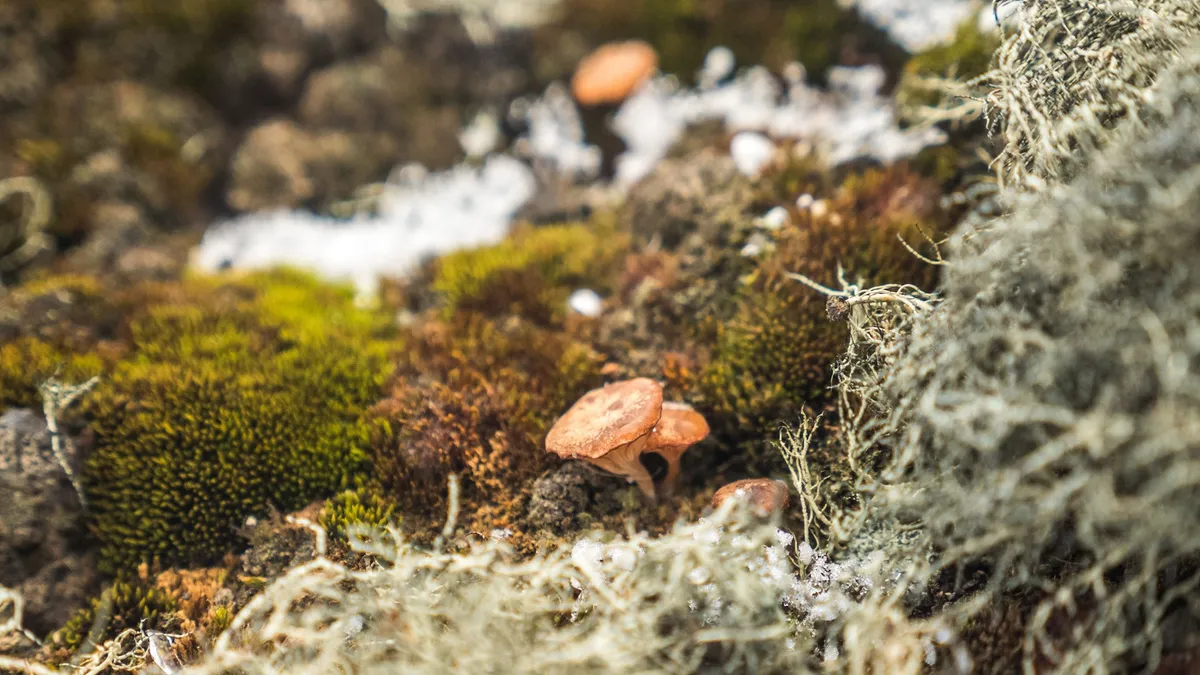First green area map of Antarctica released
- August 13, 2024
- 0
The tiny seeds are trapped between loose gravel and coarse sand. There is nothing alive around. All he can see is a wall of ice that reaches 20
The tiny seeds are trapped between loose gravel and coarse sand. There is nothing alive around. All he can see is a wall of ice that reaches 20

The tiny seeds are trapped between loose gravel and coarse sand. There is nothing alive around. All he can see is a wall of ice that reaches 20 meters into the sky. In cold blood. It is hard to survive here. Even during the day in winter it is dark. In summer the sun scorches the earth and dries it out in 24 hours.
The seeds were dropped here a few years ago by tourists who came to see the wonders of the last wilderness on planet Earth: Antarctica.
Life is changing. Higher temperatures are melting the ice caps, and the meltwater is allowing seeds to grow. Antarctica is in the grip of the fastest climate change on Earth. Melting ice could contribute to sea level rise of up to 5 metres. Where the ice disappears, it leaves behind barren land. By the end of this century, a country’s worth of land could emerge from under the ice.
Pioneer organisms live in the new lands in Antarctica. Algae and cyanobacteria are the first to appear, organisms small enough to fit between grains of sand. Here, protected from the scorching rays of the sun, the algae live and die and, as usual, slowly glue the sand particles together, creating a surface for other organisms to grow on.
Next come lichens and mosses. They are only a few centimeters tall, but compared to other inhabitants of the Antarctic coast, they look like giants. Once the lichens and mosses have established a home, larger organisms can emerge and eventually plants will take root. If their seeds are trapped in a soft, moist cushion of moss, they will multiply and grow.
There are only two species of plants native to Antarctica. Both disperse their seeds by wind. This makes them independent of animals and insects who do not need to transfer pollen or seeds to another flower or fresh patch of soil. The wind blows them there. These plants only need a bit of moss or lichen to hold them in place so they do not drift away into the cold desert of snow and ice.

But as the climate changed and conditions became more hospitable, this natural sequence of plant rooting was disrupted. More than 100 species of plants have already invaded Antarctica. Newcomers are doing well. For example, fast-growing grasses AnnuallyA common lawn grass, it spread rapidly across the sub-Antarctic islands from South Georgia to Livingstone Island and is now moving south towards the Antarctic Peninsula.
Researchers wonder how much potential there is for new plant species to develop in Antarctic soil. What will Antarctica look like in 100 years? Could it be as green as the tundra landscapes we know from the Arctic?
I am part of a team of scientists who combined satellite data with field measurements to create the first green vegetation map of the entire Antarctic continent. We discovered a total of 44.2 km² of vegetation, mostly on the Antarctic Peninsula and nearby offshore islands. This vegetation area represents only 0.12% of the total ice-free area of Antarctica, highlighting that Antarctica remains a frozen continent dominated by snow and ice. For now.
An intact Antarctic environment is worth preserving for its own sake, but it also serves humanity. Climate and weather patterns around the world are determined by the massive ice sheets of the Antarctic continent. Their disappearance will change our planet as we know it.
My colleague Charlotte Walshaw from the University of Edinburgh was the lead scientist on a recent study mapping vegetation in Antarctica. She says these new maps provide important information at a scale not possible in the past. “We can use these maps to closely monitor large-scale changes in vegetation distribution patterns,” she said.
The vegetation in Antarctica faces the most difficult conditions of existence on the planet. Only the most resilient organisms can thrive here, and we do not yet know what the future holds with climate change. Now that we know where to look for these plants, we can propose more precise conservation measures to protect their future.
Source: Port Altele
As an experienced journalist and author, Mary has been reporting on the latest news and trends for over 5 years. With a passion for uncovering the stories behind the headlines, Mary has earned a reputation as a trusted voice in the world of journalism. Her writing style is insightful, engaging and thought-provoking, as she takes a deep dive into the most pressing issues of our time.